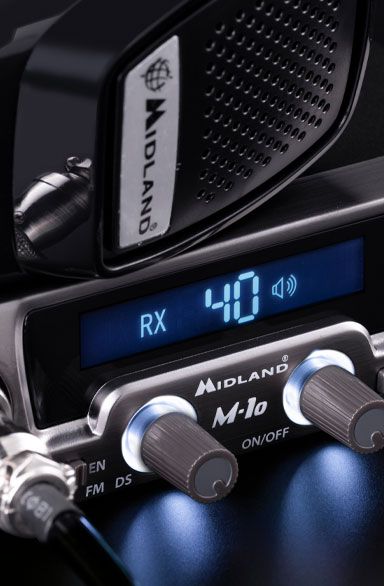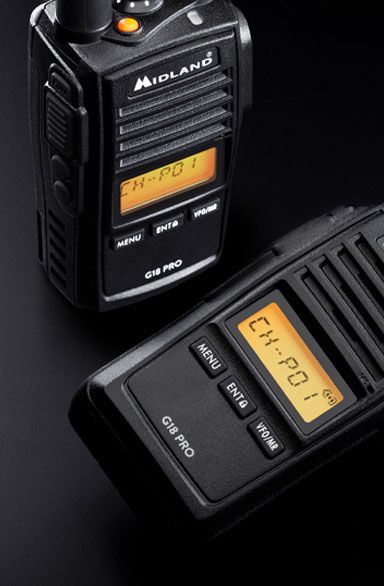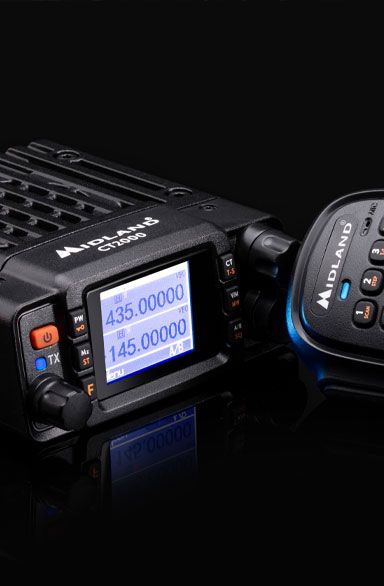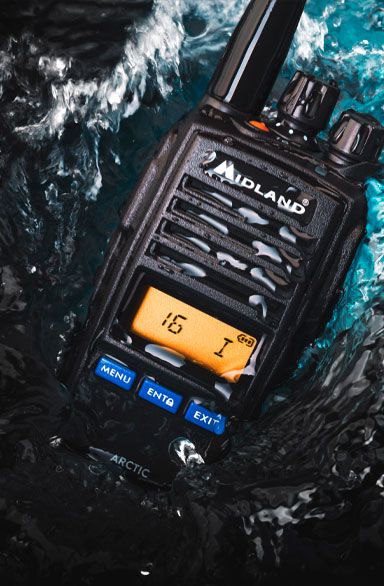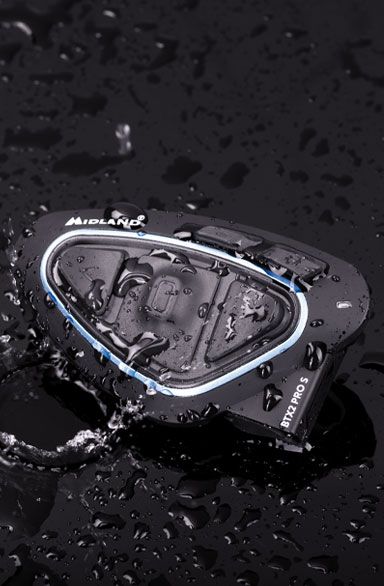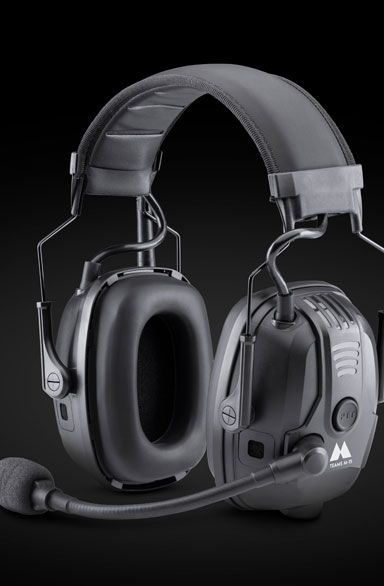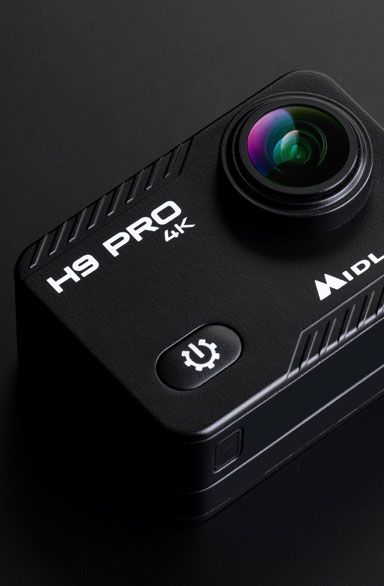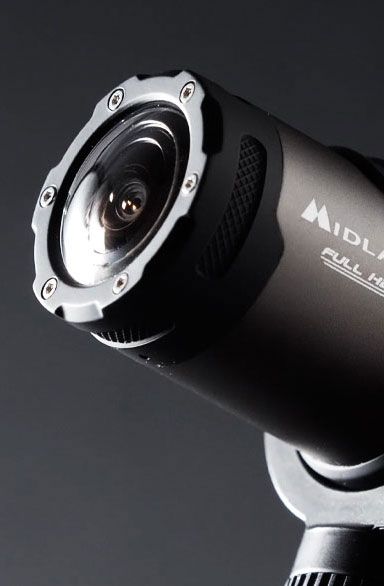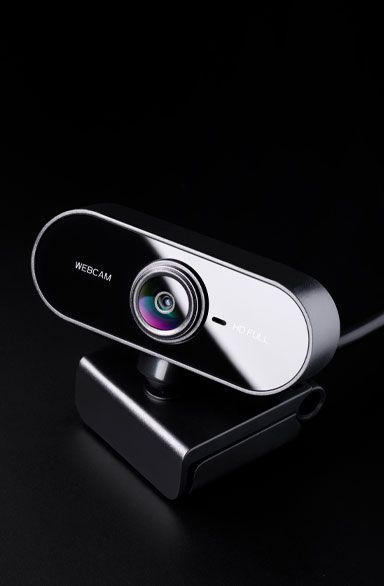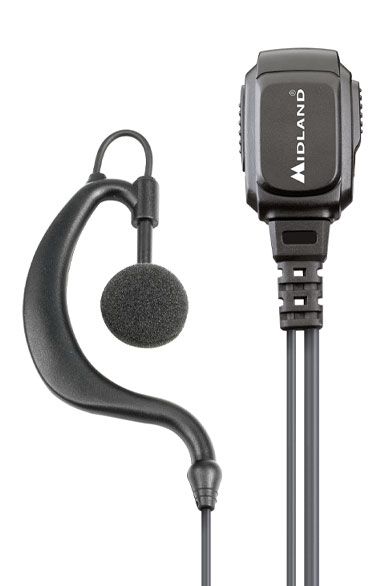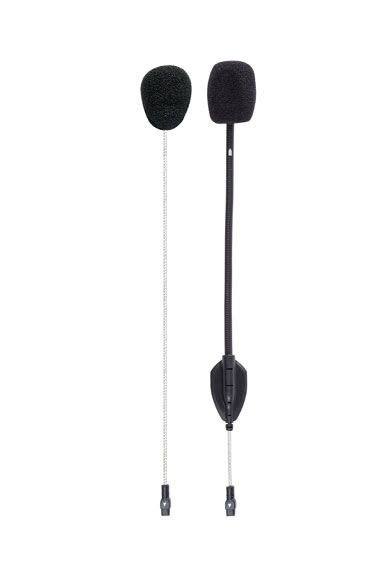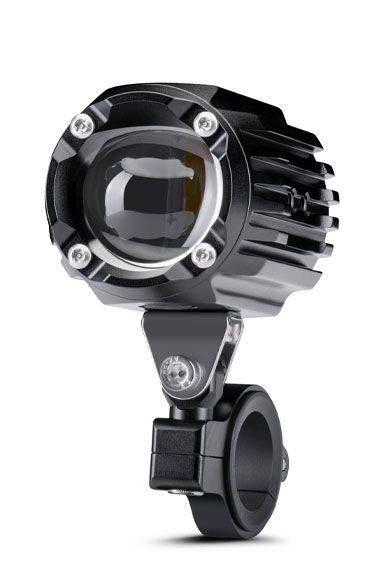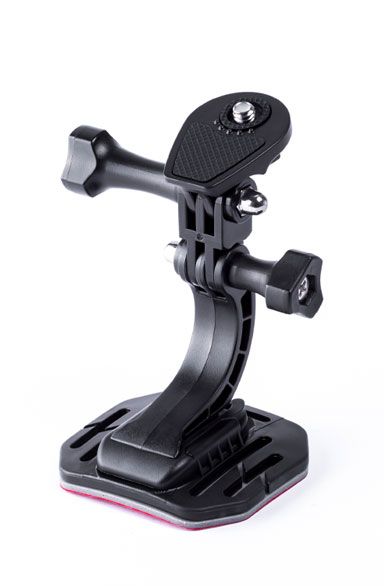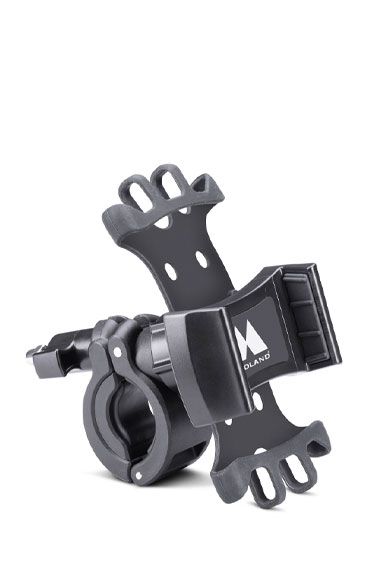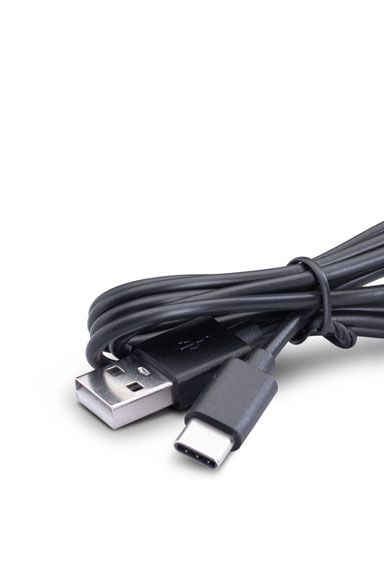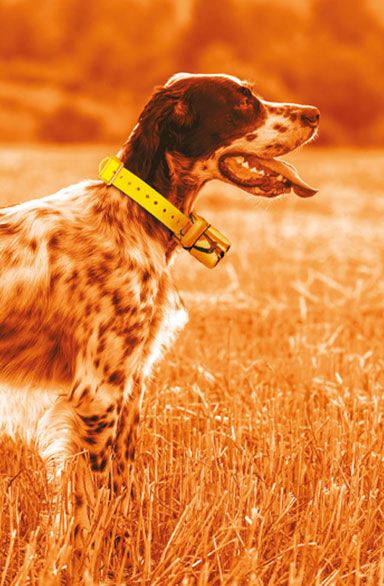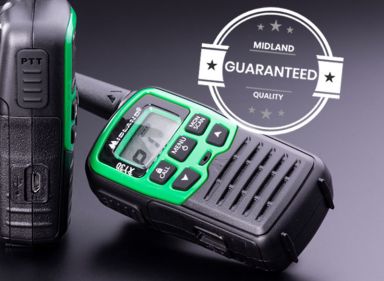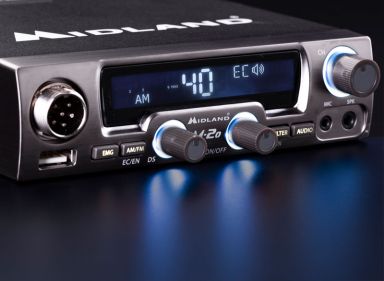How Walkie Talkies Changed the World: History and Evolution

From World War II to Stranger Things: The Evolution of Walkie Talkies
In 1953, you're 8 years old and living on West 33rd Street, New York. As you roam around with your friends, you see a poster saying, “Space Commander: thrills and fun galore! And if by magic you could communicate with your friends without electric wires, wouldn't you pay 100 dollars? Well, now you can do it for just one dollar!”
What a crazy thing to be able to communicate with your friends at any time without using the phone! This was something you could only imagine in comic books or at the movies, in recent films like The Day the Earth Stood Still or War of the Worlds. It's 1953, but those strange advertised instruments have existed for a few years, changing in shape, technology, and usage.
They're called walkie-talkies and were born in 1940, produced by Galvin for the Signal Corps. The need was to provide the U.S. Army with a portable and lightweight communication tool that could also transmit over long distances: the first walkie-talkie model in history was the BC-1000/SCR-300 project. By 1941, 50,000 units had been produced, and the numbers grew yearly. During World War II, the usefulness of the walkie-talkie was evident because it allowed immediate and smooth communication both among soldiers and between different troops.
The BC-1000/SCR-300 was carried on the back like a backpack and had an electric cable that connected it to the receiver: it was certainly portable, but outside of a war situation, it was not very practical.
Years passed, and after the war, the use of this communication tool didn't decrease, it simply transformed along with the technology used to develop it. The 1960s marked a significant evolution in walkie-talkie technology thanks to the introduction of the Citizens Band (CB) radio, which allowed people to communicate over long distances.
In the 1970s, the design became more compact, and from niche products, they began to become mass consumer products. TVs, especially during the Christmas period, constantly aired Radio Shack ads, promoting Space Patrol walkie-talkies as the perfect gift for every child: for only 14.95 dollars, you could get a pair and... “they really work!” as the ad presenter in his powder blue suit emphasized.
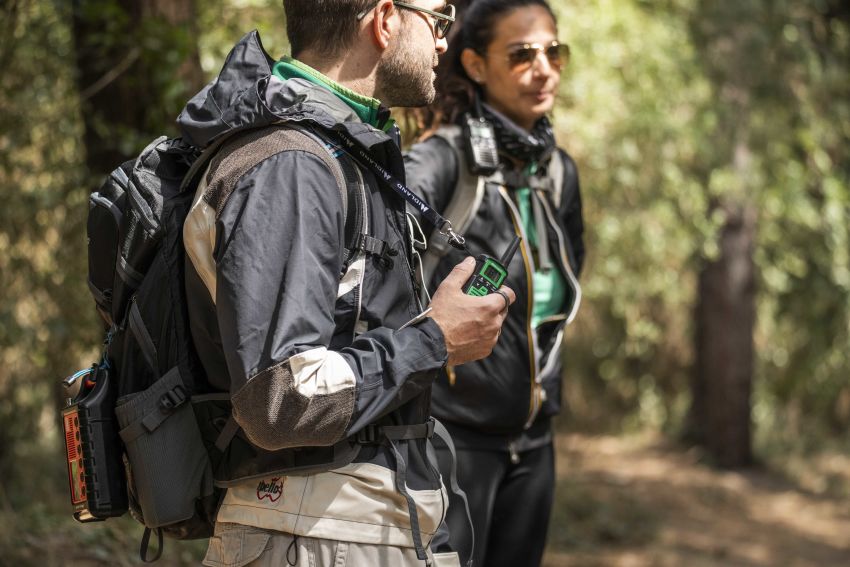
Midland and the History of Walkie Talkies
The late 1970s also marked a very important milestone for Midland: with the Alan K350, we launched the first approved CB in Europe, followed by the legendary rigs, Alan 68 and Alan 48.
The 1980s arrived, and technological progress seemed unstoppable: the first mobile phones in history were born and spread on the market. The walkie-talkie seemed (almost) an outdated tool, except that it's the only technology that, even in the absence of a telephone network, can save your life. This is demonstrated in Stranger Things by Mike, Will, Lucas, Dustin, and Eleven, who must never lose contact with each other to fight the Demogorgon.
The 1980s also wrote the history of Midland thanks to the market launch of the Alan 68 (1983), which was the first 34-channel CB, then its evolution, Alan 48 (1986), with 40 channels. In those years, we produced the first portable CB in Europe: the Alan 33.
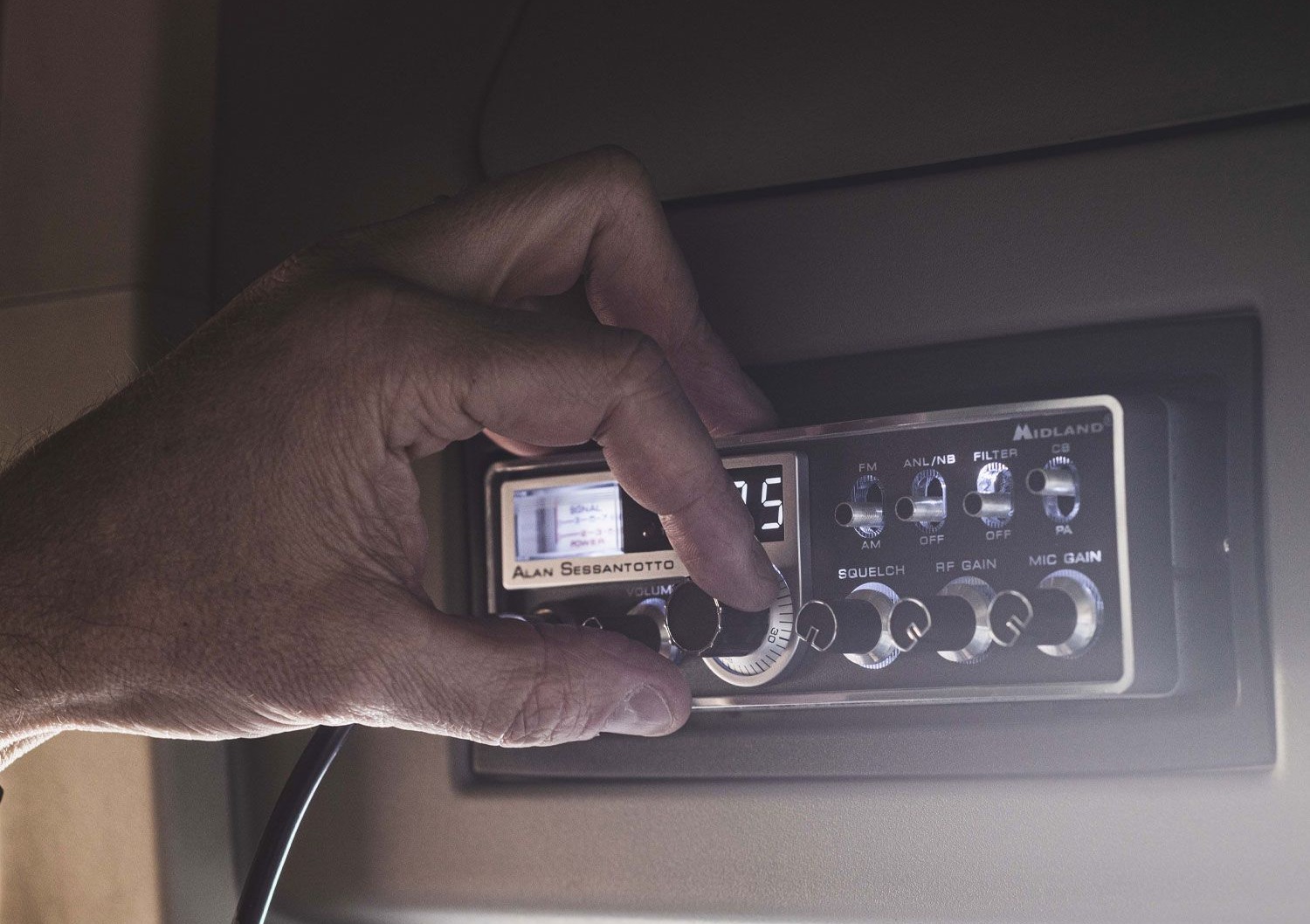
The advent of mobile phones changed the world of telecommunications, also liberalizing some radio frequencies that were made available to everyone: thus were born the LPDs, short-range communication tools that do not require licenses. LPDs must use a maximum of 69 fixed frequencies and have a maximum effective power of 10 mW.
The world's first LPD was the Alan 434, and subsequently, with the frequency liberalization of the European community, the first PMR446 was introduced with 8 channels and a maximum power of 0.5 W.
Since the 1990s, Midland walkie-talkies have come a long way, especially together with you: along your travels, your hikes, your hunting or fishing trips, your moments of fun with the family, or during work.
Our engineers have developed walkie-talkies with a range of up to 12 km, walkie-talkies that withstand up to 30 minutes in water at a depth of 1 meter, with batteries that last up to 40 hours, with the introduction of the Mountain Radio Network for greater outdoor safety, and many other features. It's been 71 years since that Space Commander walkie-talkie advertising poster, society, technologies, and people's needs have completely transformed, but just picking up a walkie-talkie for a moment is enough to relive at least a bit of those wonderful years when the radio was one of the few channels of communication, and every time you pressed the button on your walkie talkie, a new adventure began!
